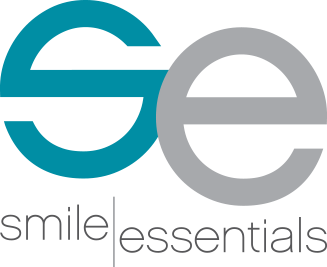Megan Arjmandi DDS
760.806.5302
Request Appointment
How often toothbrushes should be changed and why this is important
Posted on 02-22-2024
Toothbrushes are one of the most important tools for keeping your mouth clean and healthy, but they can also harbor bacteria and wear out over time. That’s why dental professionals recommend replacing your toothbrush about every 3-4 months as a general rule. Changing your brush this often is crucial for a few key reasons:
First, toothbrushes naturally wear down with repeated use over months of twice-daily brushing. The bristles become frayed and can lose their stiffness and effectiveness at removing plaque. Using a worn-out toothbrush with flattened bristles simply cannot clean as thoroughly and may cause plaque buildup near the gumline or in hard-to-reach areas. This can lead to more cavities, gum disease, and other oral health issues if debris is left behind.
Second, used toothbrushes accumulate plaque and bacteria over time. Studies show that the bristles can collect and harbor millions of bacteria from the mouth after just days or weeks of use. Even rinsing the toothbrush can’t fully sanitize it or remove embedded microbes. Some of these bacteria could be harmful or disease-causing, and you don’t want to keep introducing them back into your mouth twice a day.
Third, toothbrushes kept for too long can harbor mold or yeast which develops in a moist environment. This fungal growth can also deposit spores back in your mouth during brushing. Though not a major health threat for most, this microbial contamination on an old toothbrush is less than ideal.
Fourth, toothbrush bristles simply wear out, bend, and flatten permanently after 3 months or so. This natural material breakdown means the toothbrush cannot scrub as effectively even if it looks otherwise OK. Form and function are compromised.
Finally, changing your toothbrush gives you a psychological refresh and motivates more diligent brushing each time. A shiny new brush simply feels better and leads to better habits. A ratty old one may cause you to subconsciously brush with less care and attention.
So for the best oral hygiene and dental health possible, make it a habit to replace your toothbrush fully every 3 to 4 months, or even more frequently if the bristles appear extremely worn before then. Keeping your toothbrush in tip-top shape ensures you are scrubbing away all plaque and bacteria efficiently at every use for maximum decay prevention and gum health. Don’t let an old toothbrush jeopardize your oral well-being.
Click to read our other posts
- Your Dentist in Vista
- Am I good candidate for dental implants
- Grinding teeth
- Should I get dental veneers
- Whether you should brush or floss your teeth first
- Why your gums bleed when you floss and if you should stop flossing
- Why dental veneers are often a better choice than dental bonding
- Why the brand of toothpaste used is not as important for oral hygiene compared to proper brushing technique
- What a root canal is and when one is needed
- What a dental cavity looks like
- Broken Tooth
- Gum Disease
- Teeth Whitening
- What Vaping Does to your Teeth?
- Why it is Important to Replace Missing Teeth?

